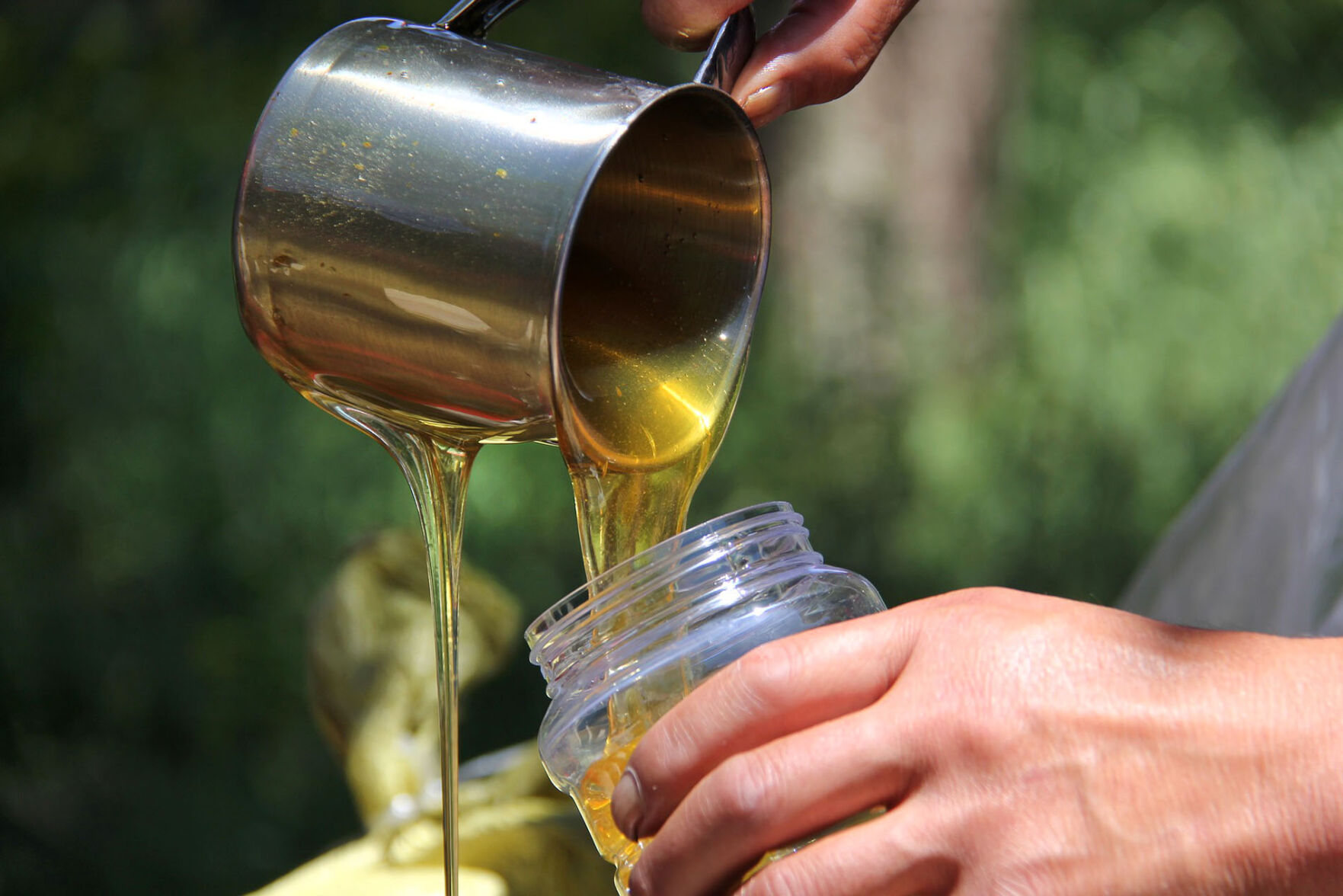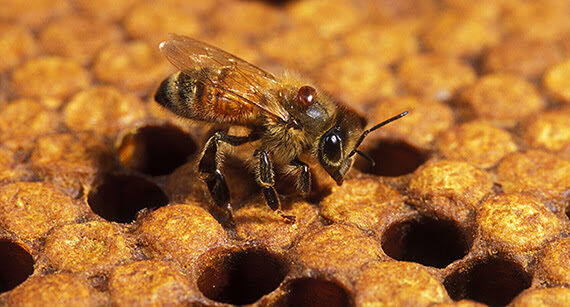Texas honey production dipped slightly, along with bee colony numbers, during 2021, according to a Texas A&M AgriLife Extension Service expert.
Molly Keck, AgriLife Extension entomologist and Beekeeping 101 instructor, Bexar County, said Winter Storm Uri in February and drought conditions in early spring negatively impacted honey production.
Keck said the combination of stressful conditions occurred at a critical time for overwintering bee colonies.
“The winter storm caused delayed wildflower bloom and that certainly impacted honey production,” Keck said. “It likely caused honeybee losses, especially in South Texas where bees are not acclimated to that type of freezing cold. But the lack of rain through the winter into late-April exacerbated the lack of forage availability for bees as hives became more active.”
The annual U.S. Department of Agriculture Department honey report in March showed there were 157,000 honey-producing bee colonies across the state in 2020. Texas honey contributed 8.9 million pounds with a value of $17 million to overall U.S. production, 147.5 million pounds worth more than $299 million.
Keck said the reduced production could mean higher prices for retail honey, but that local conditions and production success or failure could play into what consumers ultimately pay for locally produced honey.
Interest in beekeeping increased in recent years, especially due to COVID-19. Interest among hobbyists is up like most homestead-type activities, including gardening and backyard poultry production, Keck said. There is also interest in beekeeping to gain property tax exemptions for smaller parcels.
Keck said some hobbyists and sideliners were reporting better outcomes in both honey production and hive populations this season despite the drop commercial honey producers experienced. She suspects restrictions at the height of the pandemic likely gave part-time beekeepers more opportunity to give their hives attention, whereas commercial producers may have had issues with labor.
“This was my second-best honey production year to date, despite the winter storm and late bloom,” she said. “I think a lot of the results came down to local conditions—their colony health coming out of winter and any interventions beekeepers made to help their colonies along when they needed it.”



